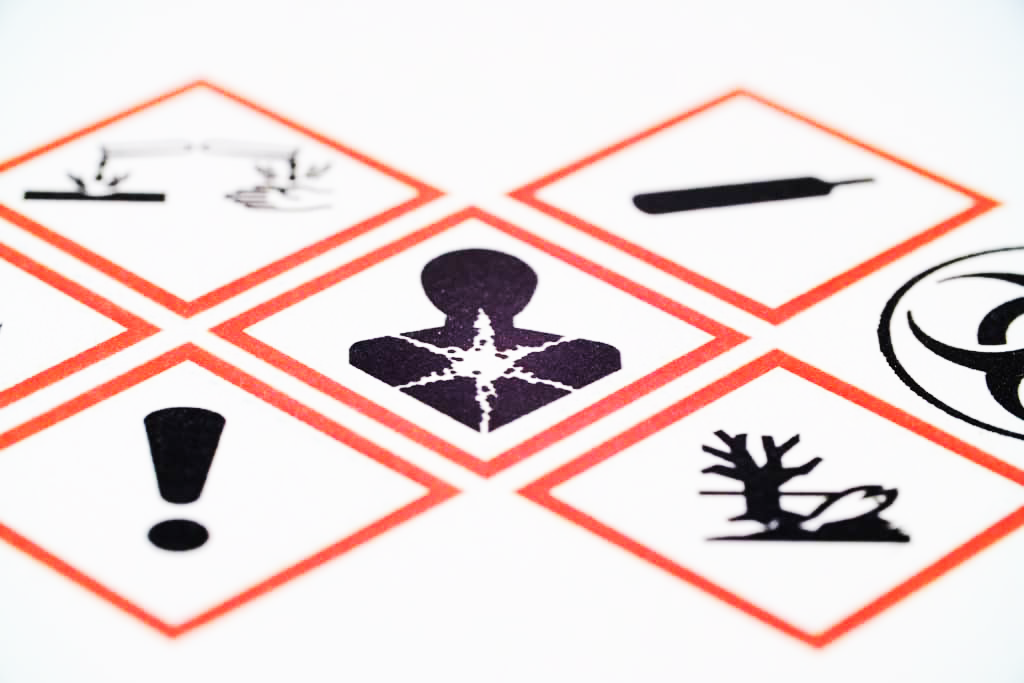Understanding the Duties of a Supplier of Hazardous Products
Employers are responsible for ensuring the health and safety of their employees in the workplace, including the use, handling, or storage of hazardous products. However, suppliers of these products also have a crucial role to play in ensuring workplace safety. In Canada, the duties of suppliers of hazardous products are set out in the federal Hazardous Products Act (HPA) and the Hazardous Products Regulations (HPR).
Who is a Supplier?
A supplier is any person who sells or imports a hazardous product in the course of business. This includes manufacturers, distributors, wholesalers, and retailers. Suppliers can be located in Canada or abroad, and they have certain obligations that they must fulfill to ensure that their hazardous products are safe for use in the workplace.
What are the Duties of a Supplier?
The duties of a supplier can be broadly categorized into three main areas:
-
Classification
Suppliers must determine which of their products are hazardous products as defined in the HPA. Hazardous products are those that can cause harm to human health or the environment. This includes products that are flammable, explosive, corrosive, toxic, or reactive. Suppliers must classify their products based on their potential hazards and provide this information to their customers.
-
Labeling
Suppliers must label their hazardous products as a condition of sale or importation. The label must include the product name, supplier identification, hazard symbol(s), and precautionary measures. The label must be clear, visible, and legible, and it must be in both English and French. The label is a critical component of hazard communication, as it warns workers of the potential hazards associated with the product.
-
Safety Data Sheets
Suppliers must provide safety data sheets (SDSs) for their hazardous products as a condition of sale or importation. An SDS is a document that provides detailed information about the product’s hazards, safe handling procedures, and emergency response measures. The SDS must be prepared in accordance with the HPR and must be provided in both English and French.
Suppliers must update their SDSs and labels when new information becomes available or when there are changes to the product. This includes changes to the product’s classification, composition, or intended use.
What are the Employer’s Responsibilities?
Employers who purchase hazardous products from suppliers must ensure that their employees have access to accurate health and safety information about the products. Employers must also ensure that the products are stored, handled, and used safely in the workplace.
In some cases, employers may also assume the responsibilities of a supplier if they produce or import a hazardous product for use in their own workplaces. However, there are some exceptions to this rule, as outlined in the Workplace Hazardous Materials Information System (WHMIS).
Conclusion
Suppliers of hazardous products play a critical role in ensuring workplace safety. They must classify their products, label them appropriately, and provide SDSs to their customers. Employers who purchase hazardous products must understand their suppliers’ obligations and ensure that their employees have access to accurate health and safety information about the products. By working together, suppliers and employers can help prevent workplace accidents and protect the health and safety of workers.




